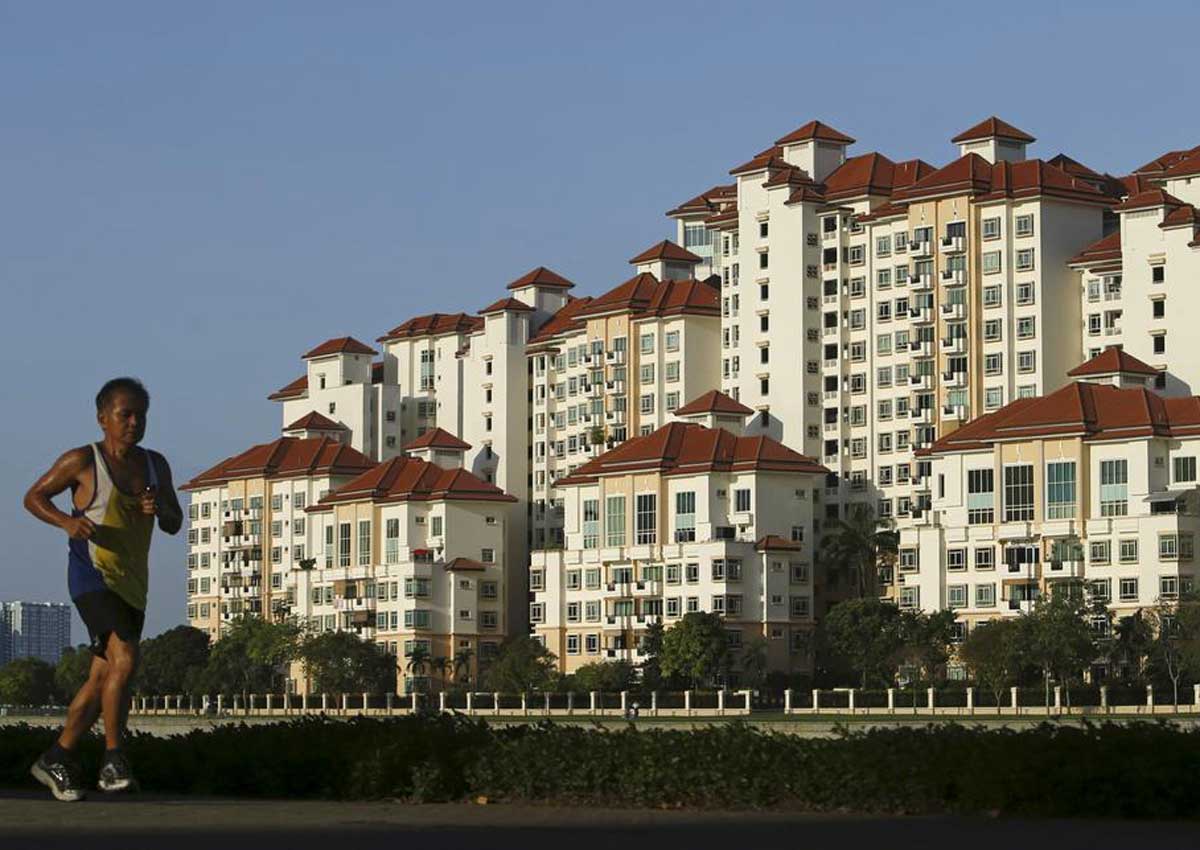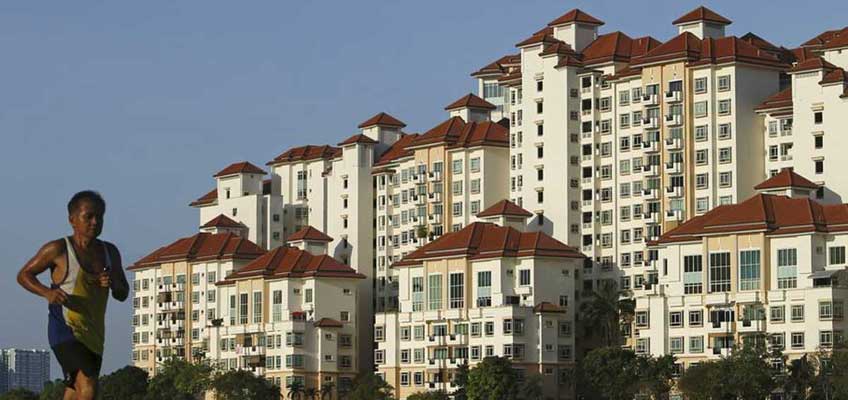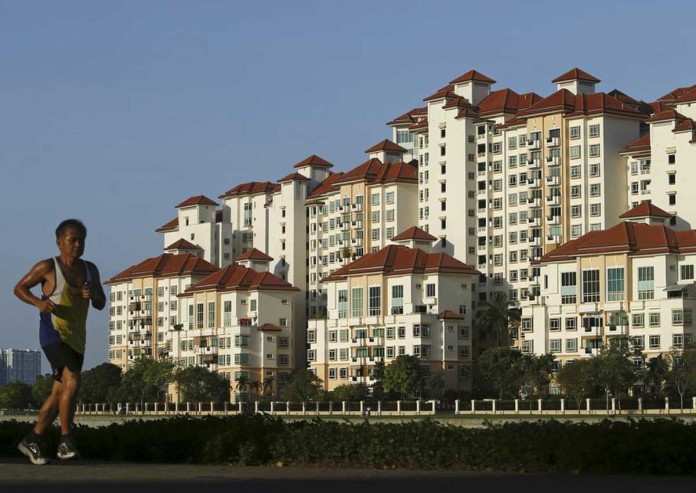SINGAPORE – In the past five years, more Singaporeans are now living in condominiums, more are taking public transport to work, and more are remaining single until later in their lives.
These were among the insights revealed by the Department of Statistics’ General Household Survey, released on Wednesday (Mar 9).
According to the survey, while 80 per cent of Singaporean households still live in Housing Board (HDB) flats, 13.9 per cent of households now live in condominiums and other apartments, up from 11.5 per cent in 2010.
However, the number of households living in landed properties inched lower from 5.7 per cent to 5.6 per cent over the same period.
Among those in HDB flats, nearly three in four households (74.3%) were living in three-, four- or five-room and executive flats. Four-room units were the most common house type.
The survey also found that more than nine out of ten (90.8%) households also own the homes they live in. This is an improvement from the 87.2 per cent home ownership recorded in 2010.
But over the past five years, the number of households comprising two or three persons has increased, while the number of households with five or more persons have decreased. Four-person households remain unchanged at 23 per cent.
The upshot is that the average size of households in Singapore has shrunk slightly from 3.5 persons in 2010 to 3.4 persons today.
According to the report, the shift towards smaller households was most notable among Malay households, even though the community still had larger households on average than their Chinese and Indian counterparts.
With Singapore’s ageing population being well-documented, it comes as no surprise that the proportion of households with at least one member aged 65 and over has gone up to 29.1 per cent in 2015 from 24.1 per cent in 2010.
Transport
When it comes to transport, the survey found that public transport remained the most important mode of transport for residents commuting to work.
The expansion of the rail network in recent years meant that more were taking the MRT to work. Some 12 per cent of residents said they used the MRT only (up from 11.5 per cent in 2010), while 24.8 per cent commuted to work by MRT with a transfer to or from a public bus (up from 17.6 per cent in 2010).
The number of commuters who only took the bus has dropped from 19.3 per cent to 16.5 per cent, whereas those who only used cars to get to work went down from 24.8 per cent to 21.9 per cent.
Marriage and fertility
The General Household Survey also found that even though the majority of Singapore residents aged 15 and over were married, the trend of later marriages was reflected in the increase in porportion of younger singles.
The number of singles, male and female, in the 20-24, 25-29 and 30-34 age groups have all increased in 2015 as compared to 2010.
The most significant increase was among those between the 25 and 29 age range. Of these, 80.2 per cent of males and 63 per cent of females reported being single in 2015, up from 74.6 per cent and 54 per cent respectively in 2010.
Education and literacy
The overall education profile of residents has also improved in the past five years.
Among the resident non-student population aged 25 and over, 52 per cent had post-secondary qualifications in 2015, up from 46.5 per cent in 2010.
There was also an increase in the number of households that used English as their main language at home, from 32.3 per cent five years ago to 36.9 per cent in 2015, according to the survey.
Religion
The survey also revealed religious composition of Singapore residents has remained relatively stable between 2010 and 2015.
The most significant increase was among residents without any religious affiliation, rising from 17.0 per cent in 2010 to 18.5 per cent in 2015.
seanyap@sph.com.sg








